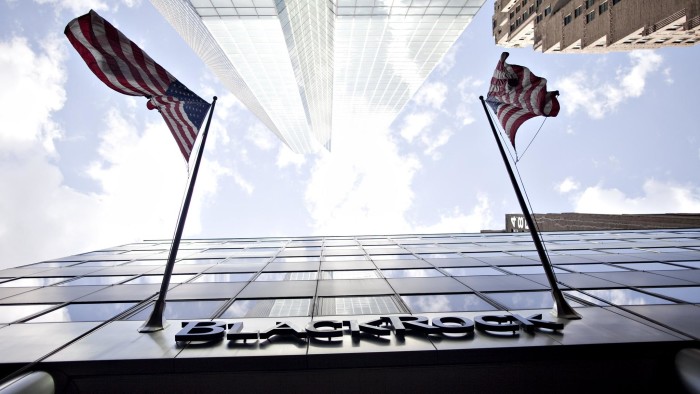Why multi-boutiques are so on-trend

Roula Khalaf, Editor of the FT, selects her favourite stories in this weekly newsletter.
It is the fastest-growing asset manager you’ve probably never heard of. Affiliated Managers Group, with some $638bn of assets to its name, is at the vanguard of a new trend of investing in other money managers, most notably those that run hedge funds. Over the past decade, AMG has grown from nothing to rank on a par with the world’s top 20 fund managers. Its share price has risen 20 per cent over the past year and, over five years, it is up 188 per cent — double the rate of the S&P 500.
Now, the group is planning to expand in Europe and increase the share of assets it allocates to European money managers from the current 25 per cent. As of next month chief executive Sean Healey will split his time between London and the US.
AMG is not alone. Legg Mason, Bank of New York Mellon, Old Mutual, Principal Global Investors and a clutch of other companies have similar operations. Most of them are in rapid growth mode. But are these “managers of managers” effectively parasites or useful intermediaries?
So far, with investors examining all ways of eking out better yields, the general view is positive.
The hunger for yield is helping most fund managers. BlackRock, the world’s biggest, now has $4.8tn of assets under management, an increase of 8 per cent year on year. However, the appeal of the “multi-boutiques” can be even greater. Shares in OM Asset Management — Old Mutual’s US arm, which has just this remit — have risen 37 per cent since the business was floated last autumn. BlackRock shares are up 14 per cent over the same period.
Such firms are taking over the role that banks and insurance companies have played in recent years. Under pressure from post-crisis regulations — such as the US Volcker rule that limits banks’ ownership of hedge funds — Morgan Stanley has been exploring a sale of its 19 per cent stake in UK hedge fund Lansdowne Partners. AMG is among a handful of potential buyers. Similarly, Deutsche Bank is selling its 17.5 per cent stake in Arrowgrass Capital Partners, Highbridge has been seeking a buyout from JPMorgan and Swiss Re may sell its 15 per cent stake in Brevan Howard.
True to form, one bank that appears an outlier with its commitment to the multi-boutique strategy, is Goldman Sachs. By structuring its investments via third-party Petershill private equity funds, it avoids the proscriptions of the Volcker rule. After a decent, if patchy, record with Petershill I, Goldman is now raising $1bn for Petershill II and has already bought stakes in a few managers including Caxton Associates.
The growing appeal of such stakes comes even as hedge funds’ own performance has attracted criticism. Last year, the industry as a whole returned an average of 3 per cent — less than a quarter of the total return of the S&P 500. Some of the world’s largest pension funds, such as Calpers in the US and PFZW in the Netherlands, have announced plans to axe their hedge fund holdings altogether, criticising their returns, manager pay and fees.
But if the standard “2 and 20” fee structure — a 2 per cent annual management fee plus a 20 per cent slice of investment gains — is off-putting for some investors, it is a draw for those taking stakes in the funds themselves. AMG and OM get some of the diversification benefits of hedge funds of funds (which invest in other hedge funds) but with a steady stream of income and far less of the investment risk.
From the hedge funds’ point of view, investment from these multi-boutiques brings two obvious pluses. First, it helps them manage the often delicate process of succession. Thanks to the valuation and equity injection that come with an outside investment, it becomes easier for a founding team of managers to pass the reins to the next generation. Second, it can help with distribution and back-office functions. The hedge fund wins a new outlet to market, plus a partner who may take on some of the bureaucracy that might otherwise distract its crack investment team.
Judging by the stock market performance of the listed multi-boutique vehicles, this formula is a winning one. Some are reckoned to trade at a premium of about 40 per cent to the value of their underlying funds. The big question is how sustainable it is for an asset manager (the multi-boutique firm) to invest in asset managers (the hedge funds) that in turn manage the money of asset managers (the pension funds) on behalf of individuals. Investment performance has to be good to offset one set of fees, let alone three.
Comments